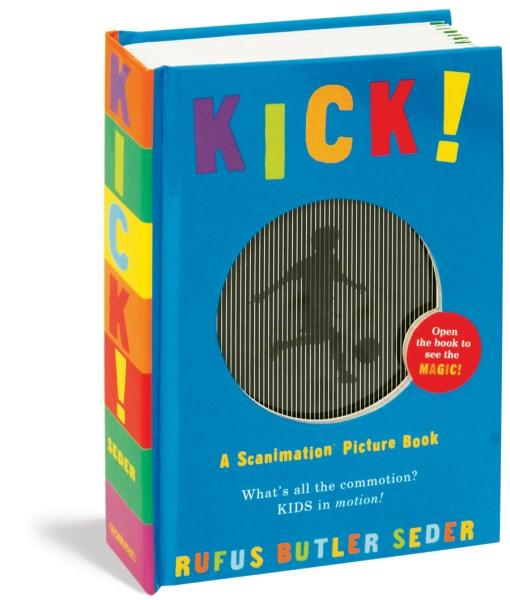
Kick! A Scanimation Picture Book
Strand
Measurement
Australian Curriculum Year Level
Year 5, Year 6, Year 7, Year 2, Year 3, Year 8, Year 4, Foundation Year, Year 1, Year 9, Year 10
Visualisation
Maths Concepts
Australian Curriculum: Description
Now introducing “Kick!”, which does for kids what “Gallop!” does for animals – one child rides a bike, another kicks a football, a swimmer cuts through the water, and a skater pirouettes on ice. The effect is joyous, magical, mesmerizing, and perhaps even more compelling than “Gallop!” Because of the endless fascination that children find in watching other children. The second book created by Rufus Butler Seder, the inventor, artist, and filmmaker who developed Scanimation out of his obsession with antique optical toys and other pre-motion-picture illusions, “Kick!” uses ‘persistence of vision’ and a patented state-of-the-art multiphase animation process to create astonishment. There is nothing else like this unique, patented technology that literally inspires wonder.The images burst with activity, and adding greatly is a happy, rhyming text that captures in words, the pure energy of the figures in motion. You can’t put it down.
Teaching ideas
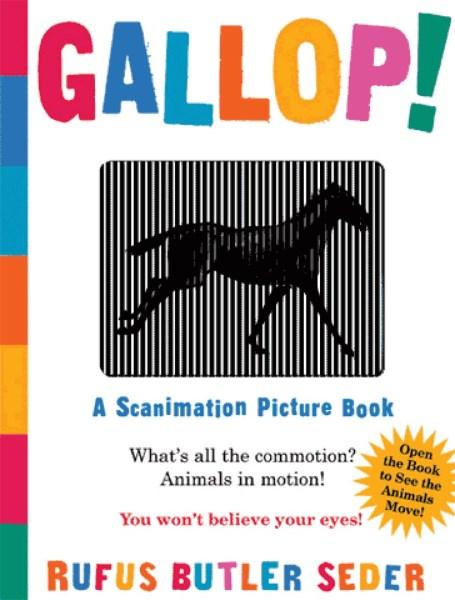
Gallop! A Scanimation Picture Book
Strand
Measurement
Australian Curriculum Year Level
Year 5, Year 6, Year 7, Year 2, Year 3, Year 8, Year 4, Foundation Year, Year 1, Year 9
Visualisation
Maths Concepts
Australian Curriculum: Description
A first book of motion for kids, it shows a horse in full gallop and a turtle swimming up the page. A dog runs, a cat springs, an eagle soars, and a butterfly flutters. Created by Rufus Butler Seder, an inventor, artist, and filmmaker fascinated by antique optical toys, Scanimation is a state-of-the-art six-phase animation process that combines the “persistence of vision” principle with a striped acetate overlay to give the illusion of movement. It harkens back to the old magical days of the kinetoscope, and the effect is astonishing, like a Muybridge photo series springing into action—or, in terms kids can relate to, like a video without a screen. Complementing the art is a delightful rhyming text full of simple questions and fun, nonsense replies: Can you gallop like a horse? giddyup-a-loo! Can you strut like a rooster? cock-a-doodle-doo!
Teaching ideas
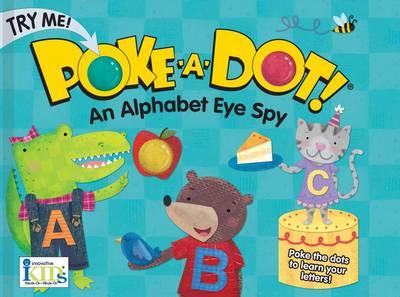
Poke-a-Dot: An Alphabet Eye Spy
Maths Concepts
Australian Curriculum: Description
Foundation Year – Establish understanding of the language and processes of counting by naming numbers in sequences, initially to and from 20, moving from any starting point (ACMNA001)
Teaching ideas
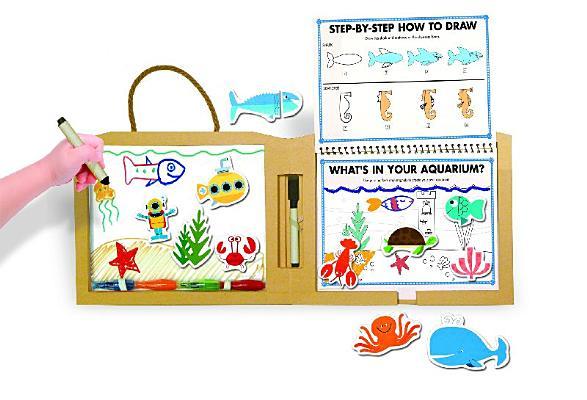
Poke-a-Dot:Who’s in the Ocean?
Maths Concepts
Australian Curriculum: Description
Foundation Year – Establish understanding of the language and processes of counting by naming numbers in sequences, initially to and from 20, moving from any starting point (ACMNA001)
Teaching ideas

Poke-a-Dot: 10 Little Monkeys
Maths Concepts
Australian Curriculum: Description
Foundation Year – Establish understanding of the language and processes of counting by naming numbers in sequences, initially to and from 20, moving from any starting point (ACMNA001)
Teaching ideas

Poke-a-Dot: Old MacDonald’s Farm
Maths Concepts
Australian Curriculum: Description
Foundation Year – Establish understanding of the language and processes of counting by naming numbers in sequences, initially to and from 20, moving from any starting point (ACMNA001)
Teaching ideas
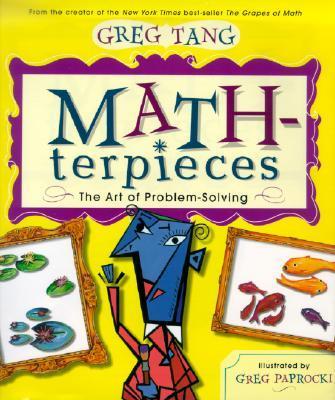
Mathterpieces: The Art of Problem-Solving
Australian Curriculum Year Level
Year 2, Year 3, Foundation Year, Year 1
Maths Concepts
Australian Curriculum: Description
Foundation Year – Subitise small collections of objects (ACMNA003);
Year 1 – Represent and solve simple addition and subtraction problems using a range of strategies including counting on, partitioning, and rearranging parts (ACMNA015);
Year 2 – Describe, continue, and create number patterns resulting from performing addition or subtraction (ACMNA035).
Teaching ideas
Students investigate other situations involving subitising and counting on with and without distractors in routine and non-routine situations. Students could write the number sentences represented by art in this book (representational to abstract).
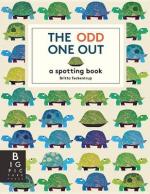
The Odd One Out: Spotting Postcards
Australian Curriculum Year Level
Year 2, Year 3, Year 4, Foundation Year, Year 1
Maths Concepts
Australian Curriculum: Description
“Foundation Year – Sort, describe and name familiar two-dimensional shapes and three-dimensional objects in the environment (ACMMG009)
Describe position and movement (ACMMG010)
Year 1 – Recognise and classify familiar two-dimensional shapes and three-dimensional objects using obvious features (ACMMG022)
Choose simple questions and gather responses and make simple inferences (ACMSP262)
Year 2 – Investigate the effect of one-step slides and flips with and without digital technologies (ACMMG045)
Year 3 – Identify symmetry in the environment (ACMMG066)
Year 4 – dentify symmetry in the environment (ACMMG066)
”
Teaching ideas

Who What Where?
Australian Curriculum Year Level
Year 2, Year 3, Year 4, Foundation Year, Year 1
Maths Concepts
Australian Curriculum: Description
Foundation Year – Sort, describe and name familiar two-dimensional shapes and three-dimensional objects in the environment (ACMMG009)
Describe position and movement (ACMMG010)
Year 1 – Recognise and classify familiar two-dimensional shapes and three-dimensional objects using obvious features (ACMMG022)
Choose simple questions and gather responses and make simple inferences (ACMSP262)
Year 2 – Investigate the effect of one-step slides and flips with and without digital technologies (ACMMG045)
Year 3 – Identify symmetry in the environment (ACMMG066)
Year 4 – dentify symmetry in the environment (ACMMG066)
Teaching ideas
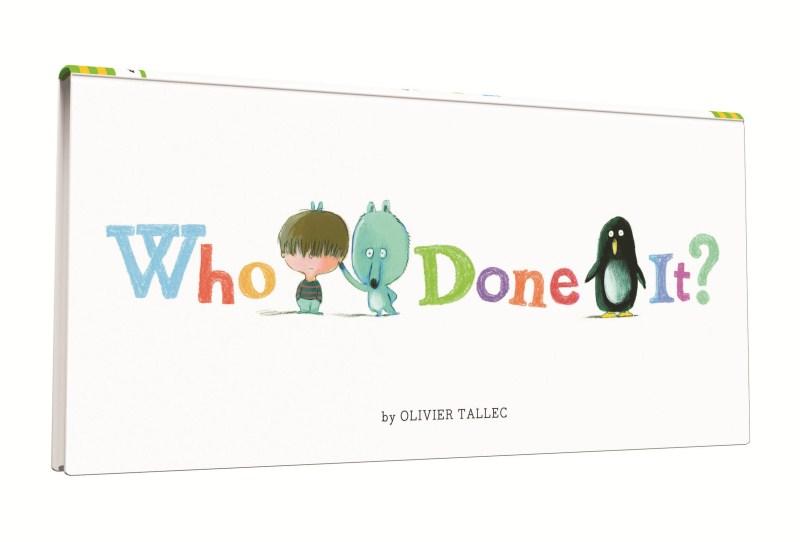
Who Done It?
Australian Curriculum Year Level
Year 2, Year 3, Year 4, Foundation Year, Year 1
Maths Concepts
Australian Curriculum: Description
Foundation Year – Sort, describe and name familiar two-dimensional shapes and three-dimensional objects in the environment (ACMMG009)
Describe position and movement (ACMMG010)
Year 1 – Recognise and classify familiar two-dimensional shapes and three-dimensional objects using obvious features (ACMMG022)
Choose simple questions and gather responses and make simple inferences (ACMSP262)
Year 2 – Investigate the effect of one-step slides and flips with and without digital technologies (ACMMG045)
Year 3 – Identify symmetry in the environment (ACMMG066)
Year 4 – dentify symmetry in the environment (ACMMG066)
